VACCA is committed to providing all children with environments where they feel heard, safe, supported and empowered to grow in their own individual ways. Valuing and respecting Aboriginal culture, to fully acknowledge the unique identities and experiences of the Aboriginal children and young people we work with is at the forefront of everything we do.
Our approach and commitment to community is to ensure all staff at VACCA adhere to the Victorian Child Safe Standards by embedding the eleven standards within all levels of our programs, services, and decision-making processes at VACCA. Strengthening connections to culture and providing culturally safe spaces and supports is one of our core business objectives.
Child safety is a shared responsibility and as such a critical element of keeping children safe is our work with families and communities to strengthen the safety of children through community collaboration, increased awareness and understanding. We work to ensure Aboriginal children know who they are and where they come from so they can grow and develop alongside family and community and are empowered to speak up if they feel unsafe.
VACCA has a zero-tolerance approach to child abuse and we treat all child safety concerns seriously and respond to each concern in line with our personal commitment and legislative obligations, ensuring our processes and responses remain child-focused and culturally safe for all involved.
Policy and Procedure Resources:
Contact Details for VACCA's Child Safeguarding Team:
Robert Brown - Child Safeguarding Manager: rbrown@vacca.org
Kim Miller – Senior Child Safeguarding Advisor: kimm@vacca.org
For all other enquiries please contact childsafety@vacca.org
Additional Resources
- Victorian Child Safe Standards
- Child's Voice Booklet
- Keeping Our Kids Safe: Cultural Safety and the National Principles for Child Safe Organisations
- Online Safety for Every Family
- CCYP Child Safe Resources
If you have any feedback or complaints relating to VACCA's Child Safety procedures, please click here to send us your feedback.


